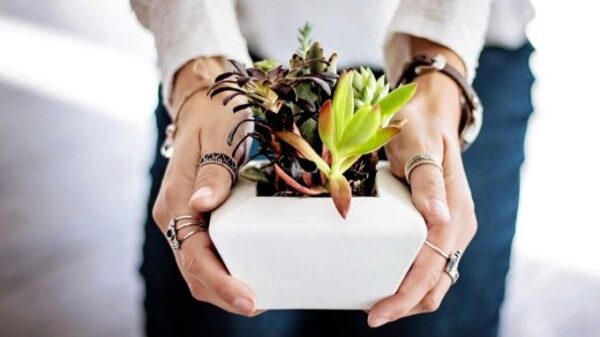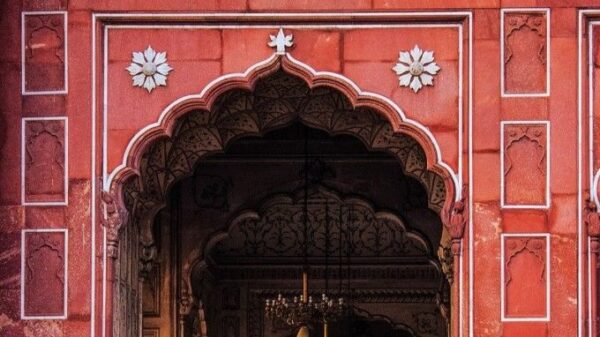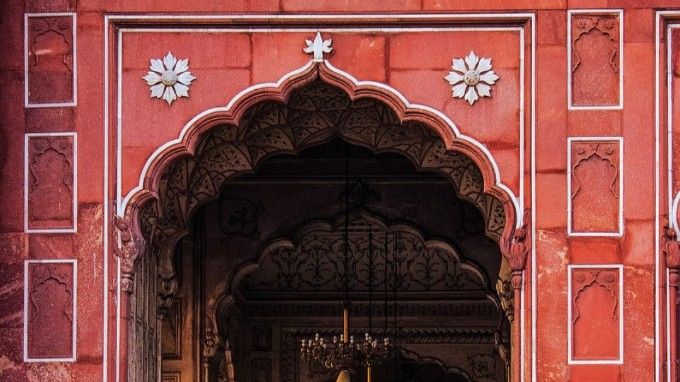All the states of India speak their specific language when it comes to showcasing craftsmanship. For example, the art of weaving Pashmina is very popular in Kashmir while the art of stitching Kantha is much loved in West Bengal. Therefore, all states have their very own specialties. Through the art and craft methods of a particular district, we can also understand how the climate of a particular place is and what are the social customs of that place. For example, the Bandhani print is very loved in Rajasthan which has a hot climate. We can guess the climatic condition by the very fact that Bandhani print is often done on the material of cotton which is worn during the summer season. Therefore, regional crafts do tell stories.

South India
When it comes to “Indian Customs and Traditions: Regional Crafts that tell Stories”, South India takes the lead when it comes to precision in the work of craft. For example, artisans take the natural products like mere coconut coir to create the most useful items like mats, ropes and baskets. This results in zero wastage of plastic. There is a famous metal mirror called Aranmula Kannadi which is created with the help of one alloy and it is very significant when it comes to religious rituals. The reason why it is important is because of what it showcases and it is given to every bride as it is meant to bring the best luck in her marriage. It also symbolizes the purity of the soul. Other than that, kalamkari work is the pride of Andhra Pradesh which is done on saris, shawls and dupattas with the help of natural dyes. It has been inspired from the stories of Ramayana and Mahabharata.
West India
Jaipur’s blue pottery is one of the most beloved art expressions of Rajasthan where the pottery is done with quartz and a mixture of other materials, creating the most stunning pottery. Block printing was also created in the villages of Bagru and Sanganer in West India with the help of vegetable dyes and wooden blocks, illustrating the beauty of craftsmanship. On the other hand, people from all around the world buy the mirror work of Gujarat which is said to chase away all kinds of evil spirits. All mirrors are stitched on garments worn during the festival of Navratri and it creates a sparkling effect.
North India

When it comes to “Indian Customs and Traditions: Regional Crafts that tell Stories”, in the snowy mountains of Kashmir, the most exotic and softest art of Pashmina was created with the finest of embroidery. If someone ever gifts you a Pashmina shawl which takes months to complete, it is a mark of how much they respect you. In the state of Punjab, phulkari work is a part of every bride’s gifts. It was started by women who wanted to do something worthwhile in their leisure time. It is a symbol of joy in a married woman’s life.
East India
In the town of Puri, where sacredness came first, the art of Pattachitra had begun. In this art, you can see mythological stories as well as rituals that happened in temples. They were created with natural pigments; like the color of yellow was derived from turmeric, the color of green was derived from leaves, the color red was derived from the flowers of hibiscus and the color black was derived from kohl or kajal. In the city of Kolkata, kantha embroidery was adequately done with a series of running stitches which creates the most comfortable quilts.
Author
Shreeja Mukherjee


